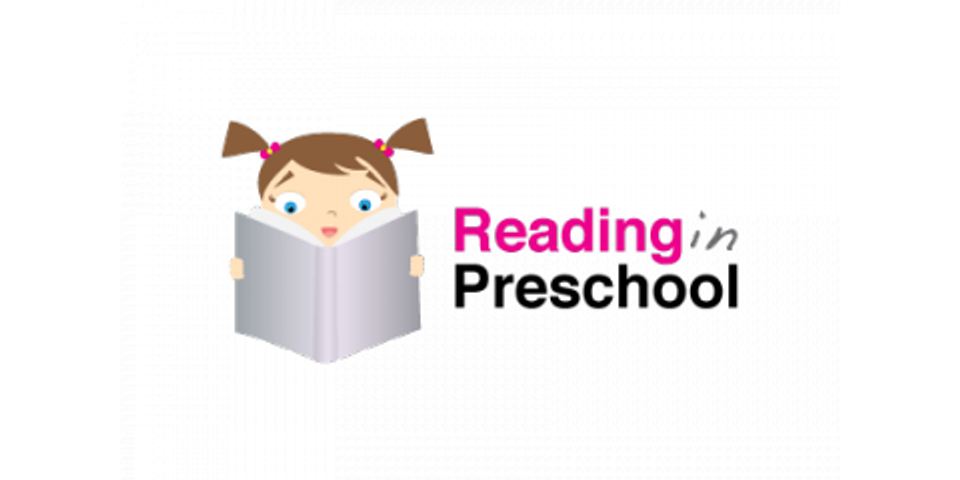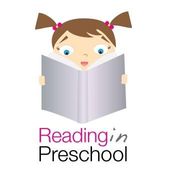Share Your Thinking to Support Your Early Reader!

What is ‘Thinking Aloud’ for Teaching Reading?
Thinking aloud is an instructional strategy where the teacher verbally expresses their own thoughts to guide a student towards thinking along similar lines in the future. Thinking aloud helps with comprehension, that is, the understanding of what is happening in a story.
Example: In this hypothetical, the instructor is reading a book aloud and has just finished a page where the main character has stolen a cookie from a cookie jar.
“Wow, that character just took a cookie from the jar! I think her mom said not to… I think we could definitely call that her sneaky or mischievious!”
Thinking aloud is effective because it engages a student’s mind to comprehend what is happening in the story, without placing them in a position of anxiety, as with a question. Thinking aloud increases enjoyment of the story as well, especially when the adult reading along is genuinely enjoying the story. Thinking aloud seems like a very simple concept but it is a highly specialized skill that must be developed through practice. At an expert level, the adult using it can make a student feel supported and engaged while teaching concepts effectively.
The author, Adam Columbia, has been living and teaching in New York City for several years. Adam works as a teacher with Reading in Preschool, a NYC based tutoring company providing high quality early childhood education for children ages 3 to 10. For more information about working with Reading In Preschool, please contact info@readinginpreschool.com or visit www.readinginpreschool.com.
About the Business
Have a question? Ask the experts!
Send your question

